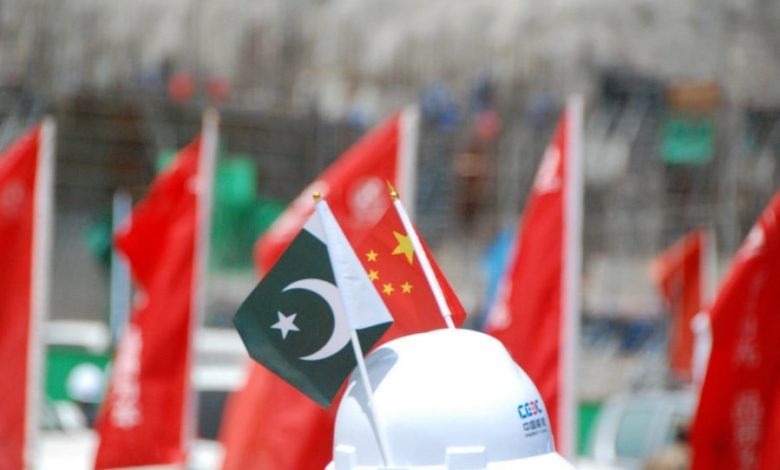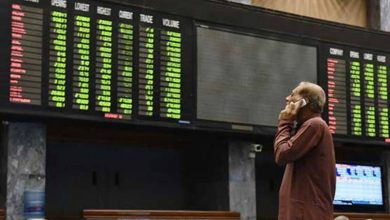Pak-China JVs to lift leather industry to new highs

Pakistan and China are forging partnerships and entering into joint ventures in the leather processing and products manufacturing industry, which is expected to propel the local sector to new heights.
These collaborative projects involve the setting up of manufacturing plants, tanneries, and research and development (R&D) centres dedicated to embracing innovative practices in leather product manufacturing, according to Khalid Waleed, Adviser to the Pakistan Tanners Association.
In June, the Association of Guangdong Shoe Manufacturers visited Pakistan to explore the potential of relocating their operations to the South Asian nation. These companies are prepared to invest between $5 and 8 billion in the local industry.
Pakistan’s leather industry, a crucial sector that not only caters to needs of the domestic market but also increasingly scouts for avenues of export, and the second most dynamic sector after textile, has recently faced challenges while competing in the global arena.
Pakistan is the only country in the region that has seen a decline in leather exports, indicating the growing challenges facing the industry, according to a news report.
In fiscal year 2022-23, Pakistan’s leather exports fell 7% to $887 million compared to $953 million in the previous year. The downturn was primarily driven by an 18% decrease in exports of other leather products and an 11% reduction in shipments of leather garments, as observed by the Pakistan Leather Garments Manufacturers and Exporters Association.
China, a leading global producer and exporter of leather and leather products, manufactures over 4 billion square feet of leather annually. In 2023, China exported leather, fur and related products worth $96.98 billion, according to the China Leather Industry Association.
The synergy between China’s production capabilities and Pakistan’s advantages, including high-quality leather and lower labour costs, presents a significant potential for cooperation. Pakistan’s market also represents strong consumer demand for fashionable footwear and bags.
Furthermore, preferential import policies for these products create an environment conducive for joint ventures under CPEC.
These joint projects are poised to boost the growth of leather-related small and medium enterprises (SMEs) in Pakistan, providing opportunities for modernisation and technological upgrades through Chinese investment and support.
The enhanced infrastructure and trade routes under CPEC offer Pakistani leather products improved access to the vast Chinese market.





